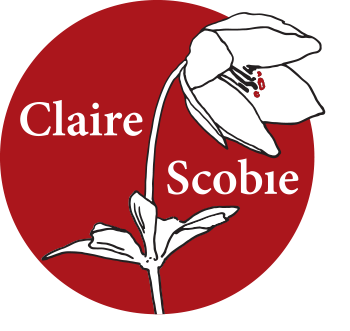02 Dec Last seen … between fact and fiction
 How much do we need to tell the truth in travel writing?
How much do we need to tell the truth in travel writing?
This is a question I discussed last week with Ramona Koval on the ABC Radio National Bookshow and again at the Australian Festival of Travel Writers (AFTW) in Melbourne. I was on a panel asking ‘What is travel writing?’ with journalist Tom Neal Tacker, who admitted that in one of his recent articles, one of the characters was a composite. His view, to paraphrase, was that it’s the writer’s privilege to be able to colour the story. That said, he remains rigorous in his fact-checking and in portraying an accurate view of the places he visits. His new ezine Naked Hungry Traveller captures this notion of being transparent in travel writing.
In a candid interview, Sara Wheeler, author of Travels in a Thin Country admits that she made up the character, a Chilean refugee, who opens her book. She also invented his family. She said that while she met refugees like him in London, he was a composite. She added that she sees travel writing not as reportage but as ‘poetic truth’.
(This interview is in an interesting book by Michael Shapiro, A Sense of Place: Great Travel Writers talk about their Craft, Lives and Inspiration)
Well, Shapiro seemed genuinely surprised by Wheeler’s admission, and so was I. I remember also being rather dismayed when I heard that Bruce Chatwin insisted that Songlines was a novel, not a travel memoir. I’m a bit of a stickler with facts. I’m in Colin Thubron’s camp, who told me, he can’t make it up. ‘It just wouldn’t work.’
Of course, travel writers have always embellished. Look at Marco Polo or Sir John Mandeville’s fantastical travel accounts written in the fourteenth-century. Mandeville himself didn’t even exist and is believed to have been a physician from Liège. Many of the eighteenth-century explorers who wrote about their travels made up great big porkies to impress their readers back home. Jacqueline Dutton, AFTW director, said that one early European explorer to Australia described how blood-sucking animals leapt down from trees and gouged themselves on his party.
These days travel writer as explorer might seem outdated. We can’t invent fantastical beasts any longer, or places, as the world is covered by Google Maps. But what about embroidering the truth… is that allowed?
My view is this. When I am writing as a travel journalist, I am reporting. I try to be as accurate as I can, both with facts and with how I describe a place. Inevitably everything I write is filtered through me, but I aim for Thubron’s ‘clear mirror approach.’
When I came to write Last Seen in Lhasa I found it a real challenge to fit seven journeys to Tibet over nine years into one coherent narrative. I kept trying to fit everything in and the first draft was more like a diary, very long and unreadable. As I whittled the text down, I realised that in literary travel writing, you do have more flexibility.
You also have to tell a story and have a strong narrative drive. This means, inevitably, lots of things get cut. You have to keep asking yourself, does this add to my story, and if it doesn’t, it has to go. For me what’s most important is being accurate in how I portray the people and the place. More than any other comments about my book, I valued when Tibetans told me they felt it was a truthful account. Then I felt I’d done my job. Now over to you, what do you think? –
